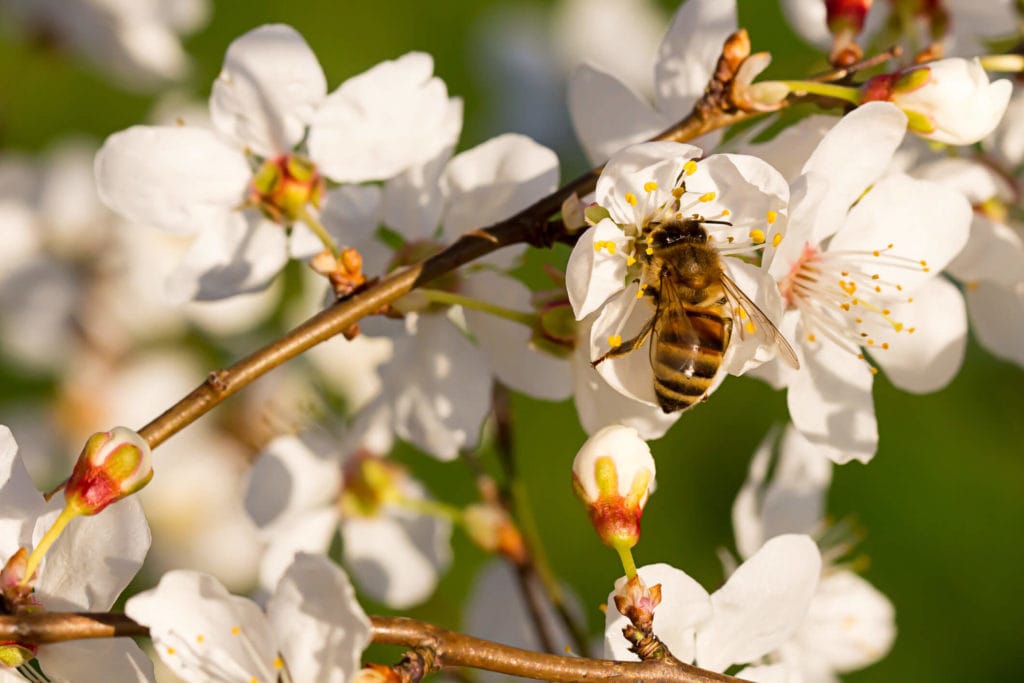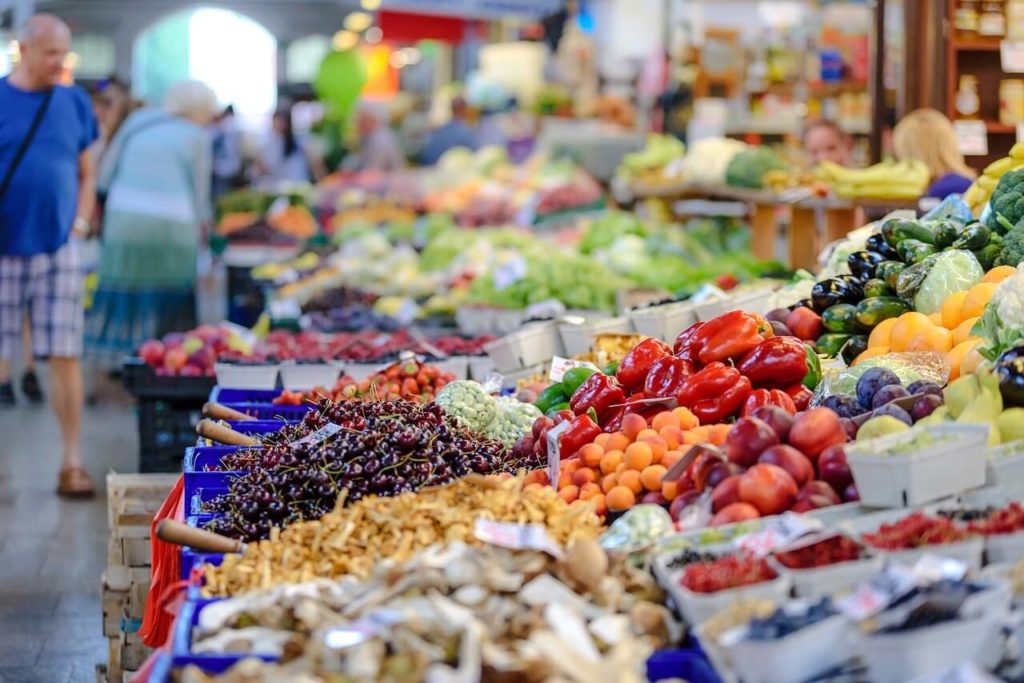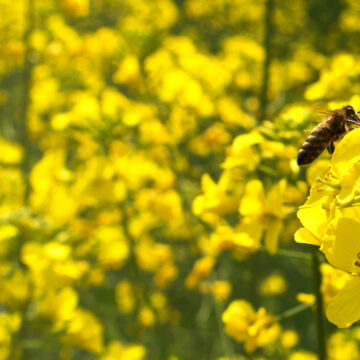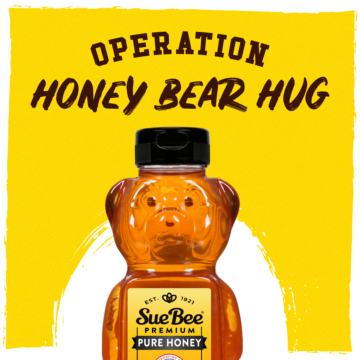Hired Wings
Almonds rule, but that’s not all honeybees are recruited to pollinate
When almond pollination season – mid-February to mid-March – rolls around each year, it means that, like many commercial beekeepers in the U.S., the Sioux Honey Co-op’s 200+ beekeepers have taken their honeybees to California to help with the state’s $8 billion almond industry.
How many honeybees? According to the USDA’s latest report, almond farmers paid to have 1,032,700 acres of almonds pollinated by honeybees in 2022. To pollinate that many acres, almond farmers needed about 1.88 million colonies of honeybees – about two hives per acre. With an average of about 40,000 honeybees per colony, that’s roughly 75.2 billion honeybees.
So … A LOT OF HONEYBEES!

Not just almonds
You might have heard an often-used phrase: Honeybees are responsible for pollinating one in every three bites of food. It’s hard to measure the accuracy of that but, in theory, it’s factual. Consider: We rely on honeybees and other pollinators to pollinate 71 of the 100 crops that provide 90% of the world’s food.
While almonds get the majority of honeybee pollination services (for our almond milk, almond butter, almond flour and other favorites), there are dozens of other fruits and vegetables that our beloved black-and-yellow insects pollinate – either naturally or as hired hands … err, wings. In fact, while other insects, like butterflies, provide pollination services, it’s the honeybee that pollinates the most foods we consume – more than 130 different fruits and vegetables. In the U.S. alone, honeybees pollinate an estimated $15 billion worth of crops every year.
Among the foods honeybees pollinate: apples, pumpkins, blueberries, cucumbers, onions, avocados, cherries, broccoli, cranberries, grapes, lettuce, strawberries, watermelon, and on and on.
Love coffee? Thank the honeybees for that; they pollinate the coffee cherry, which is a fruit, and the coffee bean itself is a part of the fruit.

More on those pollination numbers
While the fruits and veggies on the rest of the list don’t match the million+ acres of almonds pollinated each year, honeybees do cover a lot of ground when it comes to paid pollination services.
Apple farmers, for example, paid for about 120,700 honeybee hives to pollinate about 133,400 acres of apples in 2022. Blueberry farmers leased about 101,500 hives to pollinate about 39,900 acres during the same time. And cherry farmers employed about 134,300 colonies (about 5.3 billion honeybees) to pollinate 68,910 acres of cherries.
All of which means, if we could hug a honeybee, we would. Each and every one of them! It also means, we need to continue to do all we can to help the honeybee thrive. In recent years, the honeybee’s global population has been diminished by things like the decrease in forgeable land due to monoculture farming, the relentless varroa mites, and mysterious, hard-to-pinpoint reasons that often fall under the label of “colony collapse disorder,” where entire colonies disappear overnight.
Sioux Honey beekeepers – along with other commercial beekeepers – have been keeping up with the losses by helping create new hives through the “splitting” of healthy hives. Beekeepers take a portion of an established colony and transfer it to a separate hive nearby and, thus, create two colonies from one. So, while we’re handing out hugs, let’s pass a few along to our Sioux Honey Co-op beekeepers for doing their part to ensure the sustainability of the honeybee.



